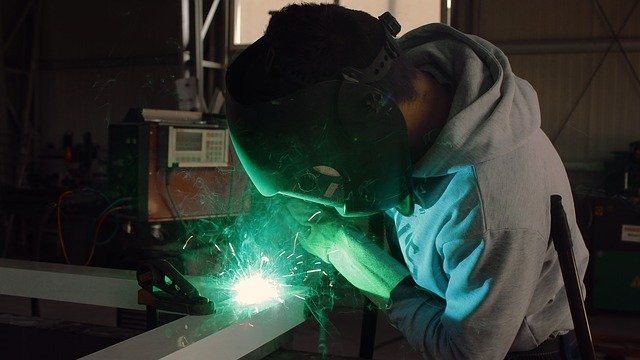
-
The Philippine manufacturing sector strengthened in December 2021, supported by the first monthly expansion in output for nine months and improvement in domestic demand
-
The Philippine Purchasing Managers’ Index rose from 51.7 in November 2021 to 51.8 in December 2021
-
Supply chain issues persisted during the period
-
New export orders fell sharply and at the quickest rate for four months due to tighter restrictions in international markets linked to the Omicron variant
-
Production volumes expanded for the first time since March albeit at a slight pace
-
Firms are upbeat about their output expectations for the next 12 months
The Philippine manufacturing sector strengthened in December 2021, supported by the first monthly expansion in output for nine months and improvement in domestic demand.
The Philippine Purchasing Managers’ Index (PMI) rose from 51.7 in November 2021 to 51.8 in December 2021, registering above the 50.0 no-change threshold that separates expansion from contraction.
Although only modest, the latest uptick was the strongest in nine months, and broadly in line with the long-running series average, according to the latest survey of London-based IHS Markit.
“The Philippines manufacturing sector remained in a solid position during the closing month of 2021, with the headline PMI at a nine-month high. Supporting this was an improvement in domestic demand and a slight uptick in output, the first for nine months. Firms were also optimistic that demand will continue to improve in the coming months and as a result prepared through advance ordering strategies,” IHS Markit economist Shreeya Patel said.
New export orders, however, fell sharply and at the quickest rate for four months. Tighter restrictions in international markets, linked to the Omicron variant, led to the downfall.
Production volumes, meanwhile, expanded for the first time since March, albeit at only a slight pace. Whilst some firms noted an improvement in domestic demand, others mentioned that raw material scarcity stymied growth.
IHS Markit noted that there was further evidence that supply chain issues persisted during the period. Vendor performance deteriorated sharply with survey panel comments often blaming tighter virus-related restrictions in international markets, and difficulties obtaining inputs.
Widespread reports of material scarcity continued in December, with survey panelists again citing advance ordering strategies.
Anticipation of greater demand and future price hikes also encouraged firms to stockpile, according to survey results.
Buying activity rose at the quickest rate for six months while stocks of purchases expanded for the fourth month running.
Material scarcity and stretched supply chains led to another substantial increase in input prices during December. Encouragingly, however, the rate of cost inflation moderated from November to a three-month low. Firms chose to pass on part of the burden to clients through another rise in output charges, with the rate of increase sharp by historical standards.
Looking ahead, firms were upbeat about their output expectations for the next 12 months. Sentiment improved to the strongest since January 2020 with firms foreseeing higher customer numbers and a return to normality in 2022.
Patel, however, noted that “the Omicron variant will almost certainly hit the Philippines manufacturing sector, and in more ways than one.”
“Supply-side issues are likely to persist while case numbers and input price inflation could climb further as we head into the new year,” Patel pointed out.




